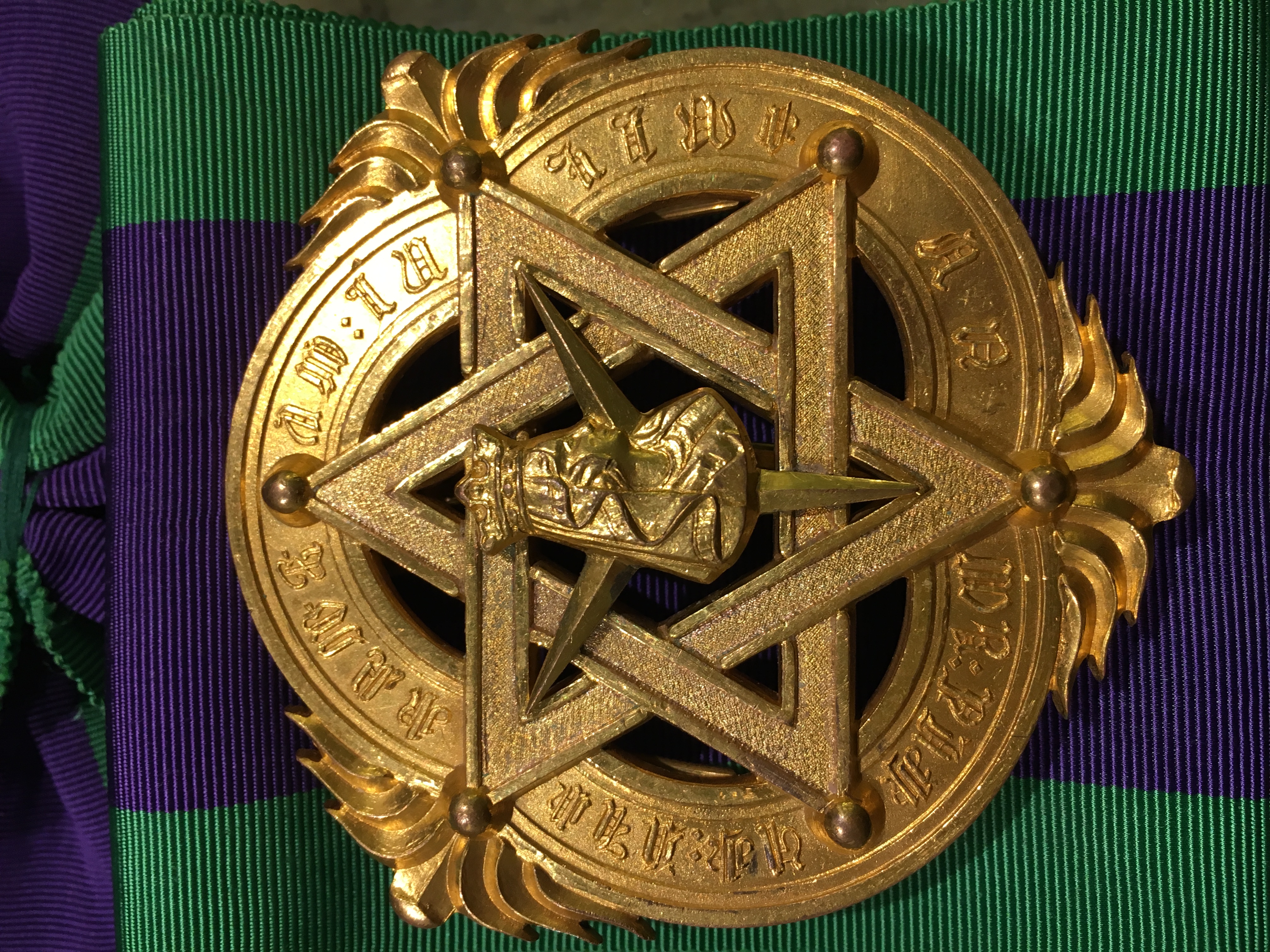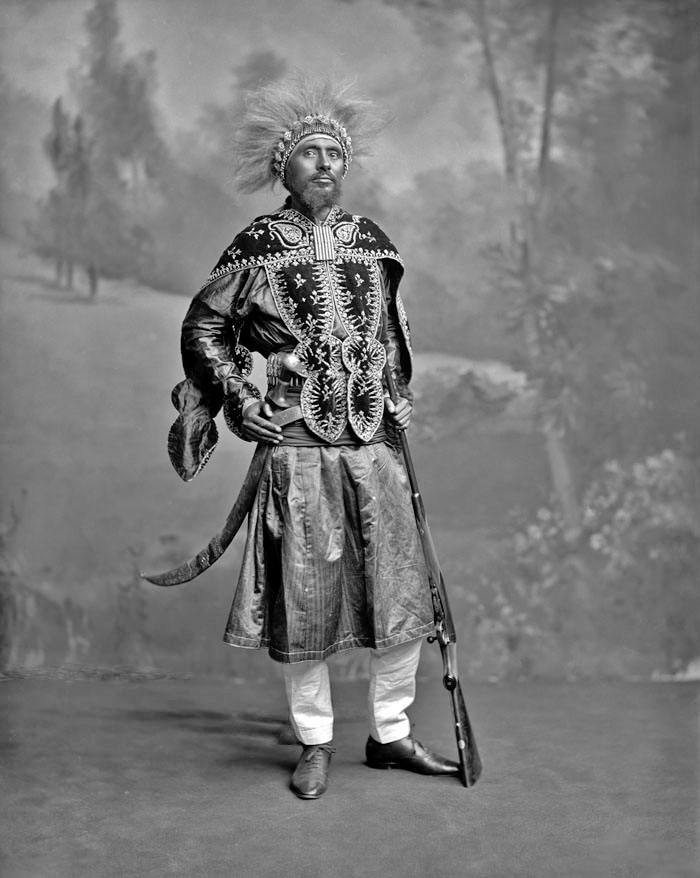|
Sophia Desta
Princess Sophia Desta was the youngest daughter of ''Ras'' Desta Damtew and Princess Tenagnework Haile Selassie, and granddaughter of Emperor Haile Selassie I of Ethiopia. She was educated at Clarendon School for Girls in the United Kingdom together with her three sisters, Aida, Hirut Desta (Ruth) and Sebel. Princess Sophia was imprisoned, mistreated and humiliated in the Alem Bekagn Kerchele prison, Addis Ababa together with her sisters, other princesses of the Imperial Family, from 1974 until 1988. She was the widow of Captain Dereje Haile Mariam, graduate of the Royal Military Academy Sandhurst in the U.K. She married him at Addis Ababa, on 31 January 1959 (in a double wedding with her sister Princess Seble-Wengel Desta). Captain Dereje Haile Mariam was born in 1937 and he was killed at Addis Ababa, at the Genuete Luel Palace while defending the Emperor against a palace coup d'état carried out by General Mengistu Newaye, head of the Imperial bodyguard on 16 December 1960. T ... [...More Info...] [...Related Items...] OR: [Wikipedia] [Google] [Baidu] |
Ethiopian Empire
The Ethiopian Empire (), also formerly known by the exonym Abyssinia, or just simply known as Ethiopia (; Amharic and Tigrinya: ኢትዮጵያ , , Oromo: Itoophiyaa, Somali: Itoobiya, Afar: ''Itiyoophiyaa''), was an empire that historically spanned the geographical area of present-day Ethiopia and Eritrea from the establishment of the Solomonic dynasty by Yekuno Amlak approximately in 1270 until the 1974 coup d'etat of Emperor Haile Selassie by the Derg. By 1896, the Empire incorporated other regions such as Hararghe, Gurage and Wolayita, and saw its largest expansion with the federation of Eritrea in 1952. Throughout much of its existence, it was surrounded by hostile forces in the African Horn; however, it managed to develop and preserve a kingdom based on its ancient form of Christianity. Founded in 1270 by the Solomonic Dynasty nobleman Yekuno Amlak, who claimed to descend from the last Aksumite king and ultimately the Biblical Menelik I and the Queen of Sheba, i ... [...More Info...] [...Related Items...] OR: [Wikipedia] [Google] [Baidu] |
Order Of The Queen Of Sheba
The Order of the Queen of Sheba was originally instituted as a ladies' order in 1922 in the Ethiopian Empire by Empress Zawditu and would later become the diplomatic symbol of a holy pact. Classes The Order of the Queen of Sheba is presented in the following classes: * Collar (only in favor of members of the royal family) * Grand Cordon (limited to 25) * Grand Officer (limited to 45) * Commander (limited to 55) * Officer (unlimited) * Member or Chevalier (i.e. "Knight"; also unlimited) References External links Plaque of the orderBadge of the order Queen of Sheba Queen of Sheba The Queen of Sheba ( he, מַלְכַּת שְׁבָא, Malkaṯ Šəḇāʾ; ar, ملكة سبأ, Malikat Sabaʾ; gez, ንግሥተ ሳባ, Nəgśətä Saba) is a figure first mentioned in the Hebrew Bible. In the original story, she bring ... Orders, decorations, and medals of Ethiopia Awards established in 1922 Orders of chivalry awarded to heads of state, consorts and sovereign famil ... [...More Info...] [...Related Items...] OR: [Wikipedia] [Google] [Baidu] |
People Educated At Clarendon School For Girls
A person ( : people) is a being that has certain capacities or attributes such as reason, morality, consciousness or self-consciousness, and being a part of a culturally established form of social relations such as kinship, ownership of property, or legal responsibility. The defining features of personhood and, consequently, what makes a person count as a person, differ widely among cultures and contexts. In addition to the question of personhood, of what makes a being count as a person to begin with, there are further questions about personal identity and self: both about what makes any particular person that particular person instead of another, and about what makes a person at one time the same person as they were or will be at another time despite any intervening changes. The plural form "people" is often used to refer to an entire nation or ethnic group (as in "a people"), and this was the original meaning of the word; it subsequently acquired its use as a plural form of per ... [...More Info...] [...Related Items...] OR: [Wikipedia] [Google] [Baidu] |
1931 Births
Events January * January 2 – South Dakota native Ernest Lawrence invents the cyclotron, used to accelerate particles to study nuclear physics. * January 4 – German pilot Elly Beinhorn begins her flight to Africa. * January 22 – Sir Isaac Isaacs is sworn in as the first Australian-born Governor-General of Australia. * January 25 – Mohandas Gandhi is again released from imprisonment in India. * January 27 – Pierre Laval forms a government in France. February * February 4 – Soviet leader Joseph Stalin gives a speech calling for rapid industrialization, arguing that only strong industrialized countries will win wars, while "weak" nations are "beaten". Stalin states: "We are fifty or a hundred years behind the advanced countries. We must make good this distance in ten years. Either we do it, or they will crush us." The first five-year plan in the Soviet Union is intensified, for the industrialization and collectivization of agriculture. * February 10 � ... [...More Info...] [...Related Items...] OR: [Wikipedia] [Google] [Baidu] |
Living People
Related categories * :Year of birth missing (living people) / :Year of birth unknown * :Date of birth missing (living people) / :Date of birth unknown * :Place of birth missing (living people) / :Place of birth unknown * :Year of death missing / :Year of death unknown * :Date of death missing / :Date of death unknown * :Place of death missing / :Place of death unknown * :Missing middle or first names See also * :Dead people * :Template:L, which generates this category or death years, and birth year and sort keys. : {{DEFAULTSORT:Living people 21st-century people People by status ... [...More Info...] [...Related Items...] OR: [Wikipedia] [Google] [Baidu] |
Ethiopian Princesses
Ethiopians are the native inhabitants of Ethiopia, as well as the global diaspora of Ethiopia. Ethiopians constitute #Ethnicity, several component ethnic groups, many of which are closely related to ethnic groups in neighboring Eritrea and other parts of the Horn of Africa. The first documented use of the name "Ethiopia" from Greek name "Αἰθίοψ" (Ethiopian) was in the 4th century during the reign of Aksumite king Ezana of Axum, Ezana. There were three ethnolinguistic groups in the Kingdom of Aksum; Semitic, Cushitic, and Nilo-Saharan (ancestors of the modern-day Kunama people, Kunama and Nara people, Nara). The Kingdom of Aksum remained a geopolitically influential entity until the Sack of Aksum, pillage of its capital — also named Axum — in the 10th century by Gudit, Queen Gudit. Nevertheless, the core Aksumite civilization was preserved and continued into the successive Zagwe dynasty. By this time, new ethnic groups emerged – the Tigrayans and Amhara people, Amha ... [...More Info...] [...Related Items...] OR: [Wikipedia] [Google] [Baidu] |
Ethiopian Royal Family
Ethiopians are the native inhabitants of Ethiopia, as well as the global diaspora of Ethiopia. Ethiopians constitute several component ethnic groups, many of which are closely related to ethnic groups in neighboring Eritrea and other parts of the Horn of Africa. The first documented use of the name "Ethiopia" from Greek name "Αἰθίοψ" (Ethiopian) was in the 4th century during the reign of Aksumite king Ezana. There were three ethnolinguistic groups in the Kingdom of Aksum; Semitic, Cushitic, and Nilo-Saharan (ancestors of the modern-day Kunama and Nara). The Kingdom of Aksum remained a geopolitically influential entity until the pillage of its capital — also named Axum — in the 10th century by Queen Gudit. Nevertheless, the core Aksumite civilization was preserved and continued into the successive Zagwe dynasty. By this time, new ethnic groups emerged – the Tigrayans and Amharas. During the Solomonic period, the latter established major political and cultural in ... [...More Info...] [...Related Items...] OR: [Wikipedia] [Google] [Baidu] |
Yeshimebet Ali
''Woizero'' Yeshimebet Ali was the wife of Ras Makonnen and mother of Emperor Haile Selassie of Ethiopia. She was the daughter of Dejazmatch Ali Gonshur, who was an Oromo from Jimma and a former trader from Gondar Gondar, also spelled Gonder (Amharic: ጎንደር, ''Gonder'' or ''Gondär''; formerly , ''Gʷandar'' or ''Gʷender''), is a city and woreda in Ethiopia. Located in the North Gondar Zone of the Amhara Region, Gondar is north of Lake Tana on t ....Herbert S. Lewis, ''A Galla Monarchy: Jimma Abba Jifar, Ethiopia'' (Madison, Wisconsin, 1965), p. 40 Yeshimebet died during her son's infancy. Her mother and her sister ''Woizero'' Mammit helped care for her young son as he grew to adulthood. She had eight miscarriages before giving birth to Haile Selassie. References Ethiopian Royal Family Year of death unknown 19th-century Ethiopian people Year of birth unknown {{Ethiopia-royal-stub Deaths in childbirth ... [...More Info...] [...Related Items...] OR: [Wikipedia] [Google] [Baidu] |
Makonnen Woldemikael
''Ras'' Makonnen Wolde Mikael Wolde Melekot ( Amharic: ራስ መኮንን ወልደ ሚካኤል ወልደ መለኮት; 8 May 1852 – 21 March 1906), or simply Ras Makonnen, also known as Abba Qagnew (አባ ቃኘው), was a Shewan royal from Menz, a military leader, the governor of Harar province in the Ethiopian Empire, and the father of Tafari Makonnen (later known as Emperor Haile Selassie). His father was ''Dejazmach'' Wolde Mikael Wolde Melekot of Shewa. Makonnen was a grandson of ''Negus'' Sahle Selassie of Shewa through his mother, ''Woizero'' Tenagnework Sahle Selassie. As such, he was a first cousin of the Ethiopian Emperor, Menelik II. He is best remembered as being one of the most effective generals during the First Italo-Ethiopian War, playing a key role at the Battle of Adwa and the Battle of Amba Alagi. Biography Governorship ''Ras'' Makonnen Wolde Mikael Wolde Melekot was born at Derefo Maryam near Ankober, Amhara region, in what was then in ... [...More Info...] [...Related Items...] OR: [Wikipedia] [Google] [Baidu] |
Menen Asfaw
Menen Asfaw (baptismal name: Walatta Giyorgis; 25 March 1889 – 15 February 1962) was Empress consort of the Ethiopian Empire. She was the wife of Emperor Haile Selassie. Family Menen Asfaw was born in Ambassel, located in Wollo Province of Ethiopian Empire on 25 March 1889. She was the daughter of Asfaw, Jantirar of Ambassel and Woizero Sehin Michael. Her mother was the daughter of the King Mikael of Wollo and her uncle was Lij Iyasu. According to both published and unpublished reports, the then Woizero Menen Asfaw was first given in marriage by her family to the prominent Wollo nobleman, Dejazmach Ali Mohammed of Cherecha at a very young age, as was the prevailing custom. She bore him two children, a daughter, Woizero Belaynesh Ali, and a son, Jantirar Asfaw Ali. This first marriage ended in divorce, and her natal family then arranged for Woizero Menen to marry Dejazmach Amede Ali Aba-Deyas, another very prominent nobleman of Wollo. She bore her second husband two children ... [...More Info...] [...Related Items...] OR: [Wikipedia] [Google] [Baidu] |
Haile Selassie
Haile Selassie I ( gez, ቀዳማዊ ኀይለ ሥላሴ, Qädamawi Häylä Səllasé, ; born Tafari Makonnen; 23 July 189227 August 1975) was Emperor of Ethiopia from 1930 to 1974. He rose to power as Regent Plenipotentiary of Ethiopia (''Enderase'') for Empress Zewditu from 1916. Haile Selassie is widely considered a defining figure in modern Ethiopian history, and the key figure of Rastafari, a religious movement in Jamaica that emerged shortly after he became emperor in the 1930s. He was a member of the Solomonic dynasty, which claims to trace lineage to Emperor Menelik I, believed to be the son of King Solomon and Makeda the Queen of Sheba. Haile Selassie attempted to modernize the country through a series of political and social reforms, including the introduction of the 1931 constitution, its first written constitution, and the abolition of slavery. He led the failed efforts to defend Ethiopia during the Second Italo-Ethiopian War and spent most of the period of ... [...More Info...] [...Related Items...] OR: [Wikipedia] [Google] [Baidu] |
.jpg)

_1938.jpg)



